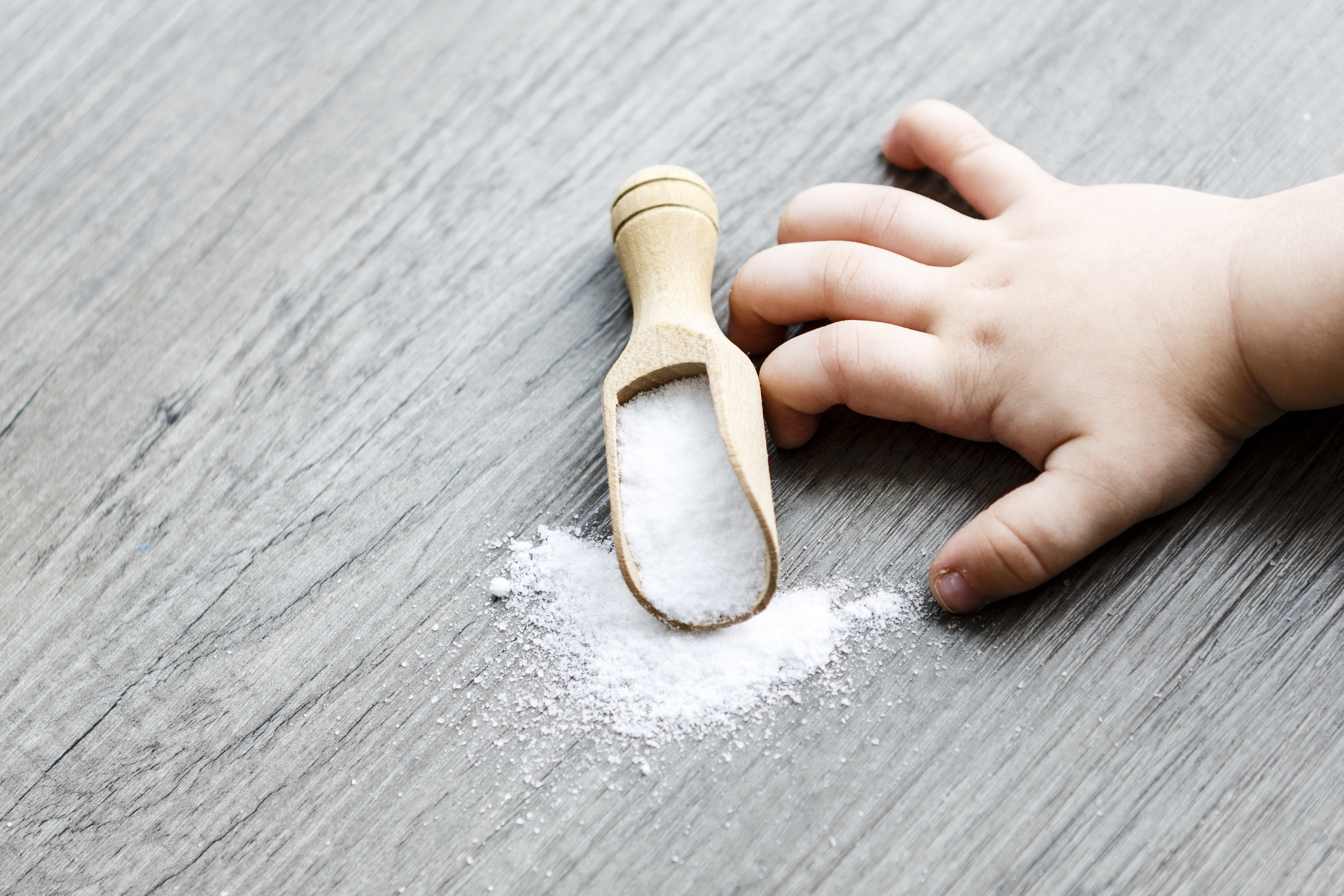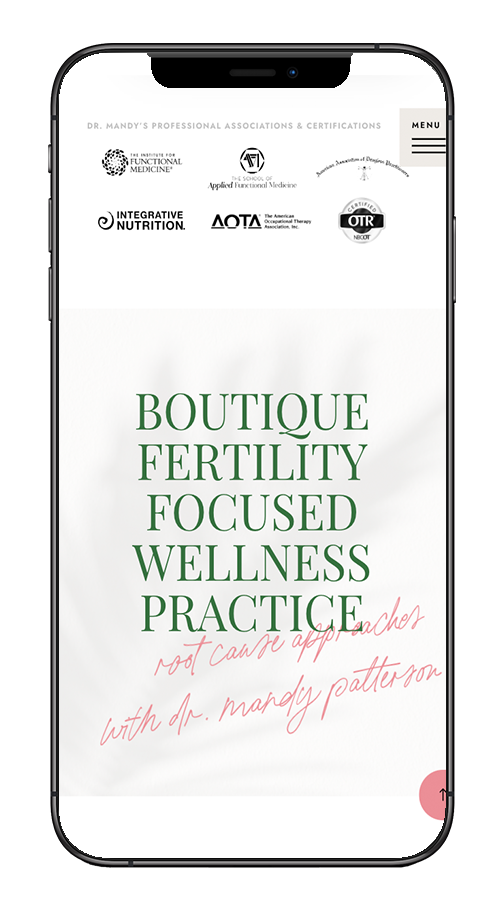It is no doubt that you know that excess salt found in processed food isn’t great for your family’s health. But is your family salt intake too high?
We do need adequate sodium to keep blood pressure stable and help nerve and muscle impulses to travel properly but excess sodium can have negative effects on the body. For kids, it can set the scene for health problems later on in life and can even be a factor in childhood illnesses such as asthma .
With salt added to so many processed foods, it’s no great surprise that the average child eats a lot more of it than they should and that’s without adding it to meals ourselves.
Cutting your family’s salt intake may mean that you need to make some simple changes in the way that you eat. Here are some top tips for making sure that your kids eat less salt, including some of the less obvious sources of hidden salt.
Cook meals from scratch
It might be more effort but cooking from scratch is one of the best ways to control how much salt your family consumes. According to research, kids take in a good chunk of their salt during lunch and dinner and this is often due to the salt levels in processed foods.
Making your own meals means you can dictate what goes in your family’s food, rather than being dependant on what has been added. You can get your kids involved in this and help them to learn about the health impact of too much salt.
Reduce family salt intake gradually
For kids that are already used to the taste of salt and like it, you may need to reduce salt gradually rather than suddenly.
If your family salt intake is decreased slowly, it’s likely that they won’t even notice the difference in salt and you can work towards the ultimate goal of drastically cutting the amount of salt your family eats.
Be wary of fast foods
Chicken products such as nuggets often contain a lot of salt and pizza is another big culprit. Some pizzas can contain as much as 10g of salt. When you think that children aged under 10 are advised to only have 5g of salt per day, you can see how this may add up with processed foods!
It’s a lot simpler than you might think to create a pizza from scratch and you can make it super healthy by making your own tomato sauce for the base and veggies for the topping. You’ll probably want to go easy on the cheese as it can be part of the problem where salt is concerned. If you’re feeling really adventurous, you can even try creating a really nutritious pizza base from cauliflower to cut down on salt even more.
Other processed foods that can also contain a lot of salt include savory snacks (potato chips and pretzels in particular), burgers, cured meats, pasta based ready meals and even bread.
Swap salt heavy processed foods for lower salt alternatives or remove them from your family’s diet altogether and replace them with something healthy.
Potato chips can be swapped for roasted sweet potato chips and pasta can be made healthier by making your own veg based sauces, for example.
Be Aware of Hidden Salt
Some of the foods that contain salt can be a bit more surprising. Breakfast cereals can fall into this category. They may not seem very salty but they can often contain an average of 0.3g of sodium per serving and some cereals can have over 1g of salt in just the one serving. Again, anything that comes in a box be leery of!
Sauces are another big candidate for hidden family salt intake and it’s usually much better to make your own. Cheese based sauces are often high in hidden salt but tomato-based sauces can also contain a surprising amount of salt.
Milkshakes suprisingly can contain 0.5g of sodium – pretty surprising for something so sweet! On top of everything else your family may be eating, this can add up. If your kids are milkshake fans, try making healthy milkshake type smoothies instead to avoid the added salt.
Don’t forget about snacks
A lot of snacks and pre-made lunch kits are particularly salty, especially the processed kind. Lunchables are an example of this and can contain a whopping 3g of salt per serving. That’s a huge part of the recommended daily allowance intake for children for the entire day.
Swap these kind of convenience snacks for healthier options such as raw vegetables, fruit, nuts, and seeds.
Follow these steps and you’ll be well on your way to reducing your family salt intake in no time!
Need a little helping hand?



















